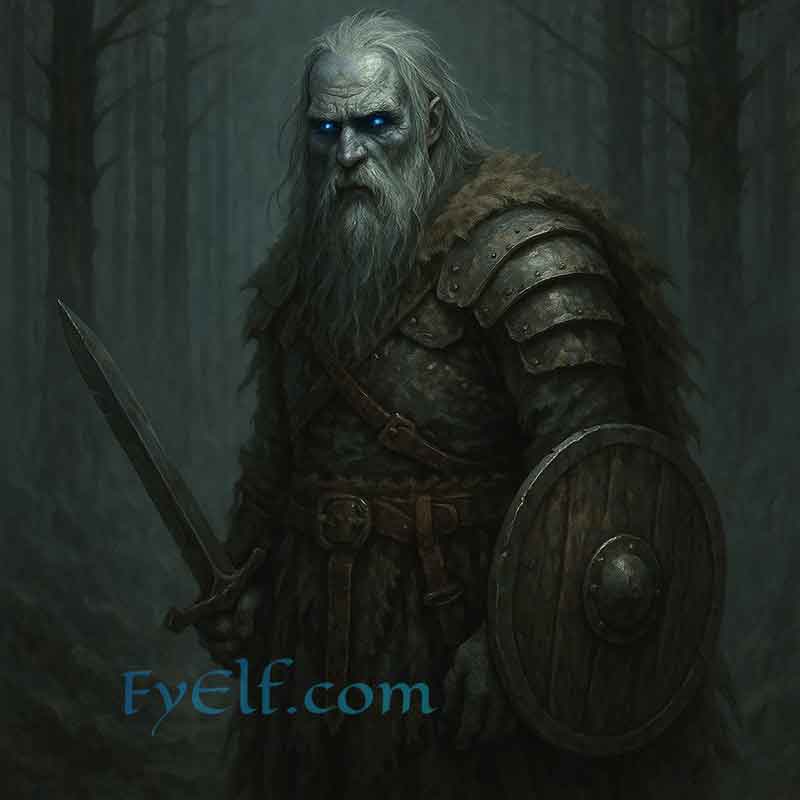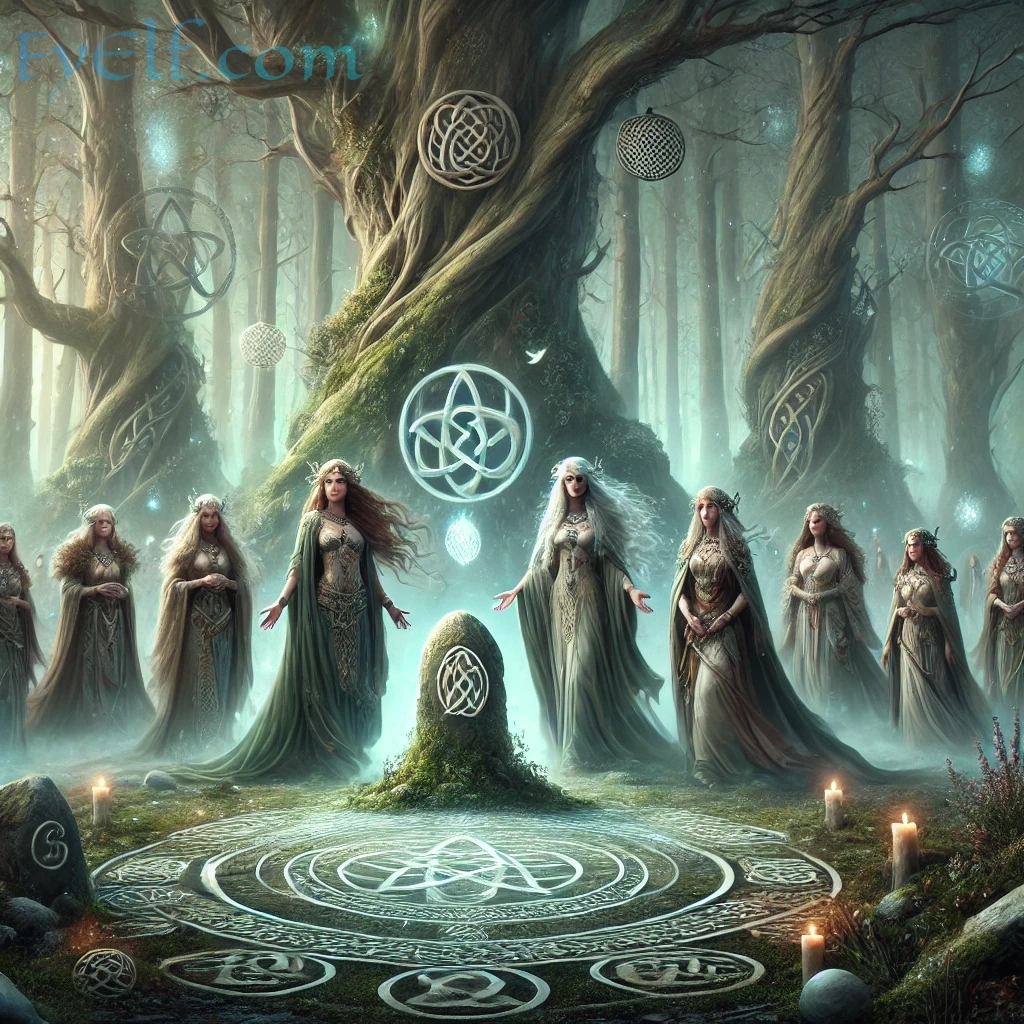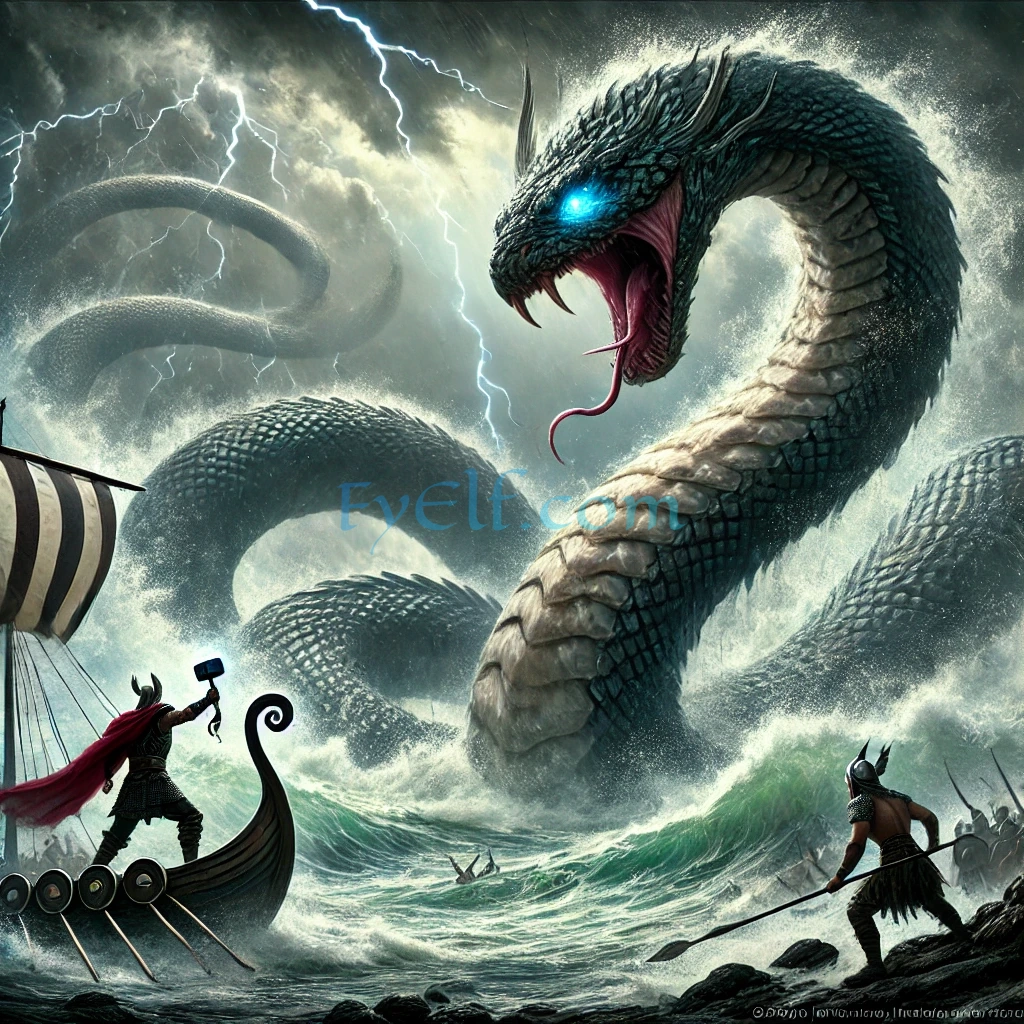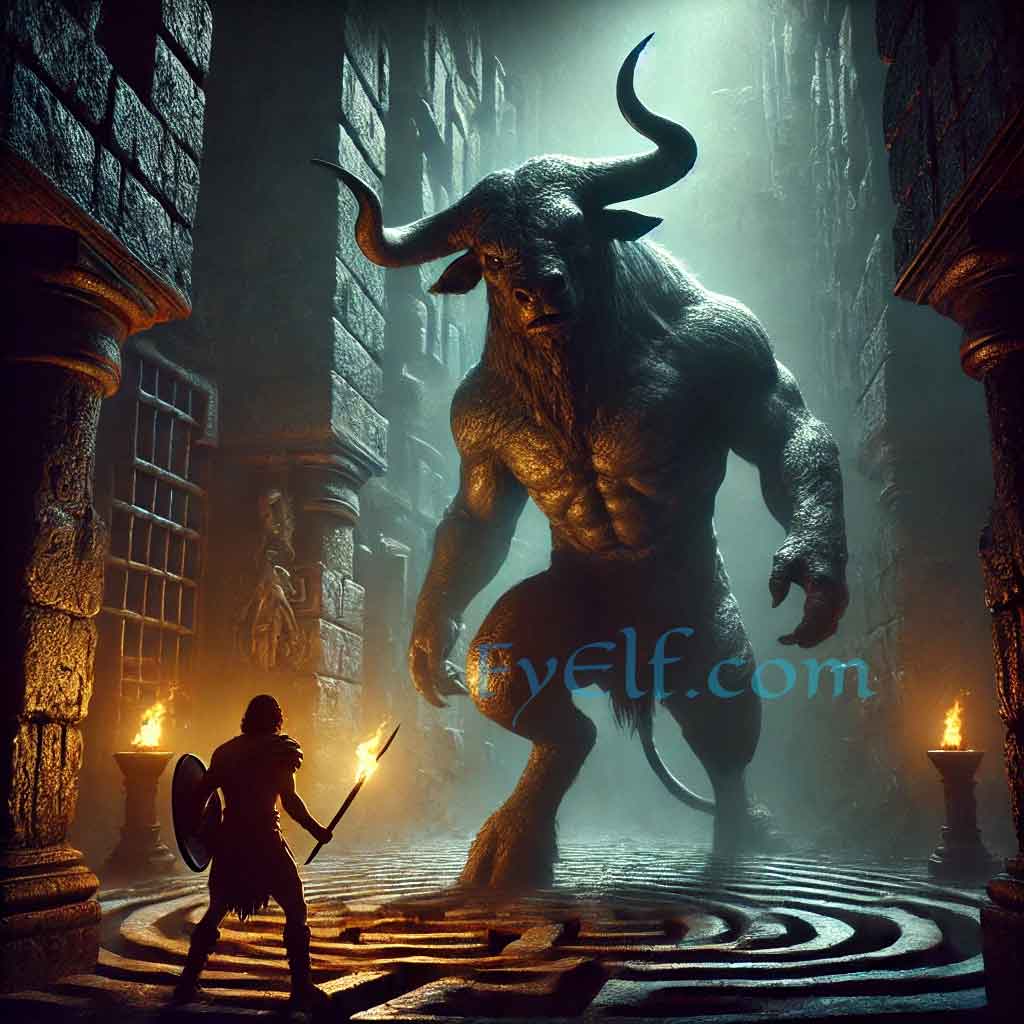Throughout history, nearly every culture has preserved stories about humans who could transform into animals. Among these tales, the werewolf stands out as one of the most enduring and terrifying. In Slavic lands, however, the creature is not the typical wolf-man of Western legends but a more complex and ominous figure known as the Volkolak.
The Volkolak is both fascinating and frightening, embodying ancient fears of the wilderness, sorcery, and the boundaries between human and beast. Unlike the Hollywood werewolf, which is largely a product of medieval Europe and modern pop culture, the Volkolak is rooted in Slavic mythology and folklore, with connections to pagan beliefs, Christian demonology, and centuries of oral tradition.
Origins of the Volkolak in Slavic Mythology
The term Volkolak (sometimes spelled Vukodlak or Vlkolak, depending on the region) literally translates to “wolf-pelt” or “wolf-skin.” The name itself reveals the essence of the creature: a human who takes on the form of a wolf, either by curse, punishment, or magical practice.
In ancient Slavic societies, the wolf was both feared and revered. Wolves symbolized ferocity, wilderness, and untamed nature. They were predators that could threaten villages, but they were also respected for their strength, cunning, and survival skills. This duality made the wolf a powerful symbol in myths, and the Volkolak emerged as an expression of human anxiety about what happens when man crosses the line between civilization and the wild.
Some scholars trace the Volkolak’s origins to pagan rituals and shamanistic practices. In early Slavic traditions, certain warriors or shamans were believed to don animal skins to gain the attributes of wolves. Over time, these practices may have blended with Christian notions of sin, punishment, and demonic possession, turning the wolf-warrior into a cursed creature feared by villagers.
Volkolak vs. the Western Werewolf: Key Differences
Although often equated with the werewolf, the Volkolak differs in important ways:
- Transformation: Western werewolves typically change under the full moon. Volkolaks, however, may transform at will, through a curse, or by wearing a magical wolf skin.
- Nature: Werewolves are usually tragic victims of a curse, while Volkolaks are often portrayed as malevolent beings who willingly embrace their dark powers.
- Appearance: In many Slavic tales, the Volkolak does not become a hybrid wolf-man but a full wolf, indistinguishable from the real animal—except for its unusually large size or glowing eyes.
- Origins: Western werewolves are often infected through a bite, but Slavic Volkolaks may arise from sorcery, punishment by God, or even as the restless dead returning to torment the living.
These differences highlight how Slavic beliefs emphasize the supernatural and demonic side of the creature, aligning it more closely with vampires and spirits than with the tragic anti-heroes of modern horror films.
Shape-Shifting Powers and Symbolism of the Volkolak
The central feature of the Volkolak is shape-shifting. Unlike simple folklore villains, this being represents the fear of betrayal and hidden danger. The neighbor who greets you in daylight could, by nightfall, become a ravenous predator.
Shape-shifting also symbolized the thin line between human reason and animal instinct. To become a Volkolak was to lose one’s humanity, giving in to the primal urges of the wolf. In this sense, the Volkolak can be read as a warning tale: those who succumb to violence, greed, or forbidden magic risk becoming less than human.
Some traditions also tie the Volkolak to celestial myths. In certain Slavic cosmologies, the Volkolak was blamed for devouring the sun or moon during eclipses. In these stories, the Volkolak was not a human at all but a cosmic wolf-demon, linking local folklore to grander mythological cycles.
The Volkolak in Slavic Folklore and Local Legends
Regional variations of the Volkolak appear across Eastern Europe:
- Russia: Stories describe Volkolaks as sorcerers who could transform themselves or others into wolves. Sometimes they returned to human form, but often they remained trapped as beasts.
- Serbia and the Balkans: The Vukodlak often overlaps with the vampire, becoming a hybrid myth of the undead who can shape-shift into a wolf.
- Slovakia and Czech lands: Folklore emphasizes the cursed individual, often someone who broke a religious taboo or offended the community.
- Poland: Legends describe Volkolaks as restless souls, punished after death for sinful lives, doomed to wander as wolves.
Despite the regional differences, the common thread is fear of the outsider who becomes a beast. These tales served both as entertainment and as moral instruction, warning against hubris, disrespecting the sacred, or dabbling in forbidden practices.
Volkolak and Other Mythical Creatures of Eastern Europe
The Volkolak is not alone in the Slavic bestiary. It exists alongside other supernatural beings:
- Upyr – the Slavic vampire, a blood-drinker associated with the undead.
- Domovoi – household spirits who protected the home, in contrast to the dangerous Volkolak.
- Rusalka – water spirits that lured men to watery graves.
- Baba Yaga – the fearsome witch of the forest, sometimes associated with teaching or cursing shape-shifters.
By situating the Volkolak within this network of creatures, we see how it reflects the Slavic worldview: a world full of powerful, unpredictable forces that humans had to respect and appease.
Fear, Protection, and Rituals Against the Volkolak
Folk traditions provided ways to defend against or cure a Volkolak. These included:
- Religious rituals: Priests were sometimes called upon to exorcise or bless the afflicted.
- Protective charms: Iron, salt, and holy symbols were believed to ward off transformations.
- Punishments: In some tales, suspected Volkolaks were burned, stoned, or exiled.
- Burial rites: Corpses thought likely to return as Volkolaks were buried face down, pinned with stakes, or decapitated to prevent resurrection.
These practices highlight how deeply the belief in Volkolaks influenced everyday life. They were not merely abstract myths but living fears that shaped social and religious customs.
Volkolak in Literature, Film, and Modern Culture
Like many legendary creatures, the Volkolak has found new life in literature, cinema, and popular culture. Modern fantasy and horror writers sometimes merge it with the werewolf, while Slavic authors and folklorists emphasize its distinct cultural roots.
In recent years, video games, novels, and films exploring Slavic mythology (such as The Witcher franchise) have introduced global audiences to creatures like the Volkolak. Though often simplified or merged with Western werewolf tropes, these appearances help preserve and spread knowledge of the original folklore.
For contemporary audiences, the Volkolak continues to embody the timeless fear of transformation—the idea that beneath the surface of human civility lies a beast waiting to emerge.
Conclusion
The legend of the Volkolak offers a fascinating window into the Slavic imagination. More than just a “werewolf,” the Volkolak is a symbol of boundaries crossed: between human and animal, life and death, civilization and wilderness, paganism and Christianity.
It reminds us that myths are never static; they evolve with culture, absorbing elements of religion, history, and local fear. Today, the Volkolak survives not just as a terrifying creature of folklore but as part of the shared human fascination with transformation and the darker side of our nature.
The next time you hear a wolf howl in the night, remember: in the villages of old Slavic lands, people did not always believe it was just an ordinary wolf. It could have been a Volkolak, lurking just beyond the firelight.




